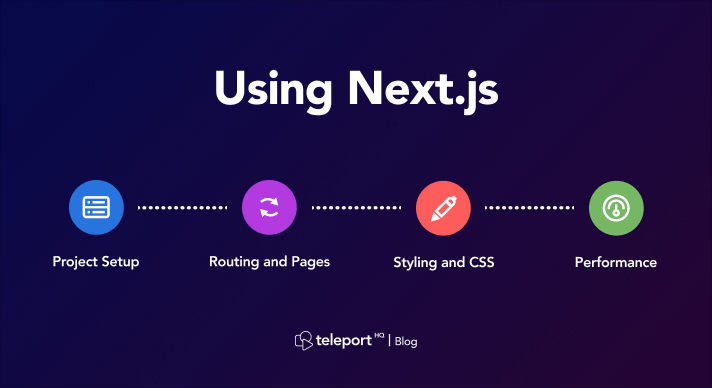Integrating React with Next.js for Web Applications

In the ever-evolving landscape of web development, staying ahead of the curve is crucial. One of the most significant advancements in recent years is the integration of React with Next.js. This powerful combination offers developers the tools to build fast, scalable, and efficient web applications that stand out in today's digital world.
React, known for its efficiency and flexibility, allows developers to create interactive user interfaces with ease. Its component-based architecture makes it a go-to choice for building reusable UI components. However, when combined with Next.js, a React framework, it elevates the development process to a whole new level.
Next.js brings to the table server-side rendering and static site generation, which are game-changers for SEO and performance. Websites built with Next.js are not only faster but also more SEO-friendly, as the server-side rendering ensures that search engines can crawl and index the content effectively.
Another advantage of using Next.js with React is the optimization of the development process. Features like automatic code splitting and optimized prefetching make Next.js applications incredibly efficient. Developers can focus more on creating rich user experiences rather than worrying about performance bottlenecks.
Moreover, the integration simplifies the deployment process. Next.js comes with out-of-the-box support for various hosting platforms, making it easier to deploy and scale web applications. This ease of deployment, combined with the robustness of React, makes this duo a preferred choice for many developers.
In conclusion, integrating React with Next.js is a strategic move for any web developer looking to build modern, high-performance web applications. The combination not only enhances the user experience but also provides significant SEO benefits, making it a win-win for developers and businesses alike.